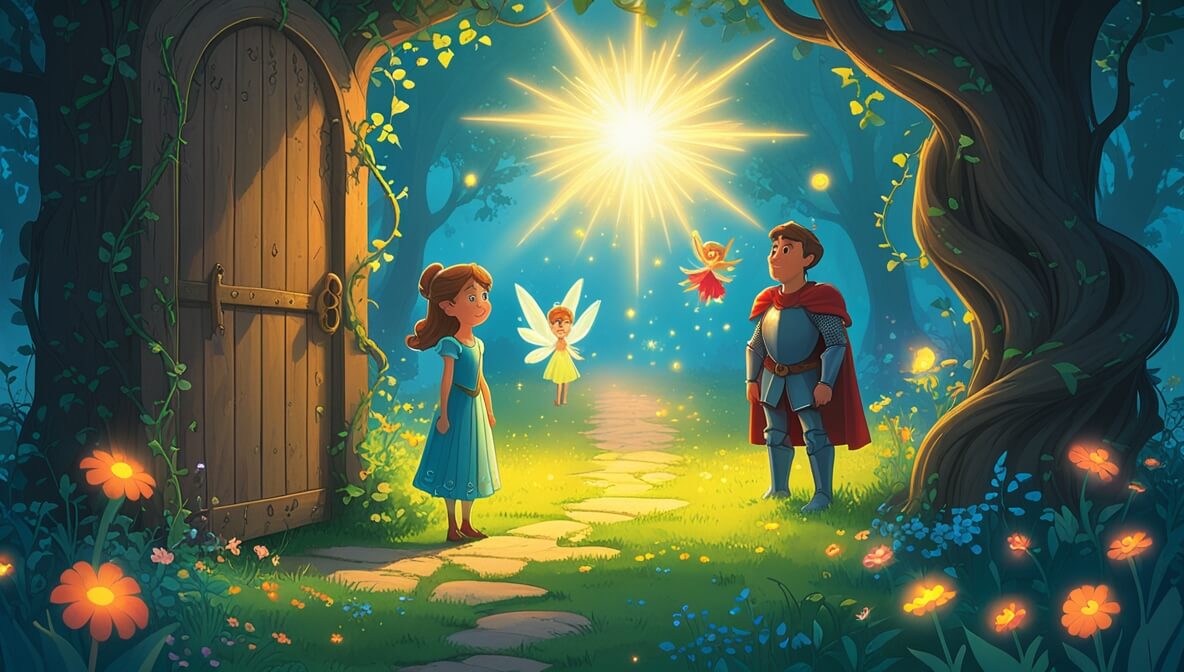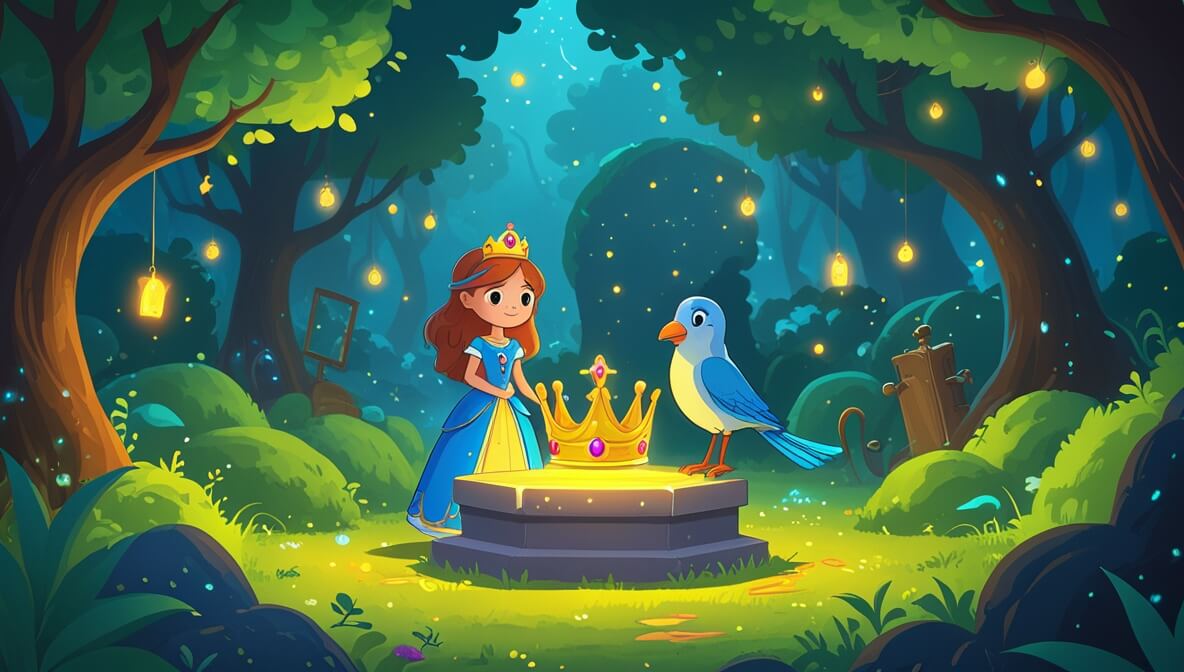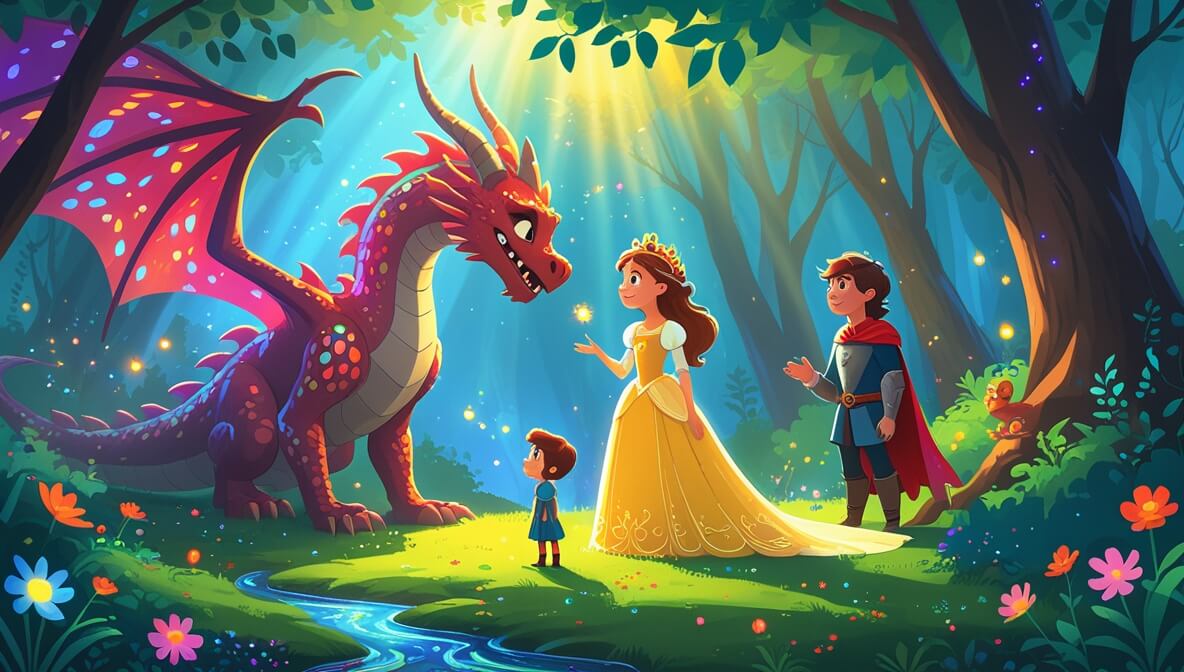A little hedgehog named Bungo discovers the magic of dreams and learns the importance of bedtime routines in a cozy garden under the stars.
Age Recommendation
0 – 4 years
Characters
Characters:
- Bungo (a curious and playful hedgehog who loves adventures)
- Luna (a friendly and wise ladybug who helps Bungo)
Story
Once upon a time, in a cozy garden filled with colorful flowers and twinkling stars, there lived a little hedgehog named Bungo. Bungo loved to play all day, but he always forgot to go to bed on time. One evening, as he was chasing fireflies, his friend Luna the ladybug landed on his nose.
The Garden’s Nighttime Secret
Luna whispered, “Bungo, you need to sleep to visit the Dreamland.” Bungo’s eyes widened with curiosity. “Dreamland?” he asked eagerly. Luna nodded and said, “Yes, it’s a magical place where you can have amazing adventures!”
Discovering Dreamland
Bungo decided to listen to Luna. He snuggled into his comfy leaf bed and closed his eyes. Soon, he found himself in a world where stars danced, and friendly animals played. Bungo floated on fluffy clouds and met a talking moonbeam.
The Bedtime Magic
When Bungo woke up, the morning sun was shining. He realized how wonderful it was to sleep and dream. He promised Luna, “I will always go to sleep on time, so I can visit Dreamland again!”
The end.
Moral of the Story
The story teaches the value of having a bedtime routine. Going to bed on time helps you have wonderful dreams and feel rested for new adventures.
Questions to Think About
- Why did Bungo want to visit Dreamland?
- How did Bungo feel when he listened to Luna and went to bed on time?
- What did Bungo discover in Dreamland?
- How can keeping a bedtime routine help you?
- What is your favorite part of bedtime?
Do You Know
- Hedgehogs are nocturnal, which means they are awake at night and sleep during the day!
- Ladybugs have special spots on their backs that help them stay safe by warning predators.
Word Explorer
- Dreamland: A magical place where dreams happen.
- Nocturnal: Animals that are active at night.
- Routine: A set of actions done regularly.
Emotions in the Story
- Curiosity: Bungo felt curious when he heard about Dreamland.
- Excitement: Bungo was excited to visit the magical Dreamland.
- Contentment: Bungo felt happy and content waking up after a nice sleep.
Color Your Scene
Imagine Bungo floating on fluffy clouds in Dreamland. Draw Bungo with a smile, surrounded by colorful stars and smiling cloud friends. Use gentle blues for the sky and bright yellows and whites for the stars and clouds.
Parents’ Corner
This story is a wonderful way to talk to your child about the importance of bedtime routines:
- Bedtime Routines: Explain how going to bed at the same time each night helps us feel energized for the next day.
- Imagination: Encourage your child to think of Dreamland as a place where they can explore their imagination.
- Friendship: Discuss the role of Luna and how friends can guide us to make good decisions.
- Peaceful Sleep: Reinforce how a calm bedtime routine can lead to restful sleep and pleasant dreams.











